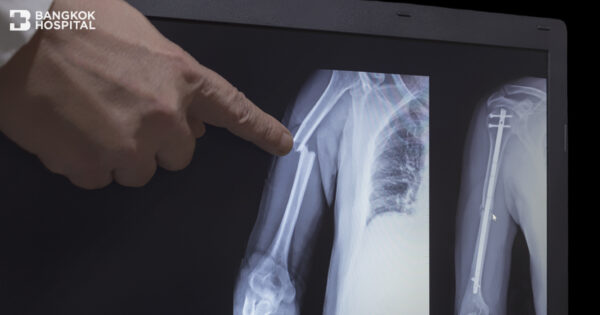

Translated by AI
Abnormal Sleep
Sleepiness Disorder is More Dangerous Than You Think

Social Media and the Elderly
Currently, social media serves as a platform to disseminate news, information, experience sharing and connecting with friends and family. Many might think that social media is the exclusive domain for the younger generation. However, many of elderly have adopted social media to pace up with time as well as keep themselves connected with friends and other family members.

Minimally Invasive Surgery (MIS) From Head to Toe
With advancements in medical technology, minimally invasive surgery is the new surgical technique that allows surgeons to perform safe, precise and less invasive surgical procedures. Bangkok Hospital, Bangkok Heart Hospital, and Wattanosoth Hospital are now offering minimally invasive surgery to patients with a wide range of surgical conditions.

Indication of Appendicitis
Appendicitis is the most common type of acute stomach pain and can occur in people of all ages, sexes, and is found in over 7% of the population. In this condition, the appendix, a small tube protruding from the large intestine, becomes inflamed. There is no clear indication what the function of the appendix is, however the body is able to function as normal without it.

Frequently Asked Questions About Rotavirus
Rotavirus is a highly contagious virus that causes severe diarrhea in children and adults. Many people are wondering what are the symptoms of rotavirus infection and when to see a doctor.

Economy class syndrome
“Economy class syndrome” is a headline that was used to describe a case of an acute pulmonary embolism, which occurred on a commercial passenger flight. However, this name may not really be appropriate as an embolism may occur in passengers in business, first class, or other modes of transport. It occurs as a result of being seated for long periods of time, a more appropriate name would be traveler’s thrombosis.

Deep Vein Thrombosis
The death of an Australian woman on board of an airplane, as a result of a condition categorized as "Economy Class Syndrome" caused many airlines to begin to be proactive in educating passengers. Thus manuals and guidance were developed to ensure traveler safety, and help prevent diseases or acute episodes that may occur as a result of prolonged flights of more than 3 hours. The non-profit airhealth.org reports that 3-5% of passengers may become ill during, or after the flights as a result of a condition referred to as deep venous thrombosis (DVT). This condition does not only apply to economy class passengers, as it can happen to first class, business class, and even pilots, although to a lesser extent.

Spondyloarthropathy: Arthritis of The Spine & Nearby Joints
Chronic arthritis is a category of diseases that can cause disability, and among the different types of arthritis there is one that afflicts many young adults. It is a type of arthritis that usually strikes the bones in the spine and nearby joints. This is known medically as “spondyloarthropathy.”

Translated by AI
Understanding Rheumatoid Arthritis
Rheumatoid arthritis is a chronic inflammatory disorder characterized by significant proliferation of the joint lining. This lining will spread and eventually destroy the bones and joints.

Translated by AI
Degenerative Knee Disease : Post Office Box News 3
Osteoarthritis of the Knee: P.O. Box News 3

Translated by AI
Consultation for Broken Bones 24 hrs: Wake Up and Talk Show
24-Hour Fracture Consultation: The Wake Up and Talk Show

Greatest of 50 – How to Improve Health and Fitness
Time passes and our bodies change. The loss of muscle, bone and fat under the skin, along with changes in collagen and elastin, is making fine lines and wrinkles more dramatic.